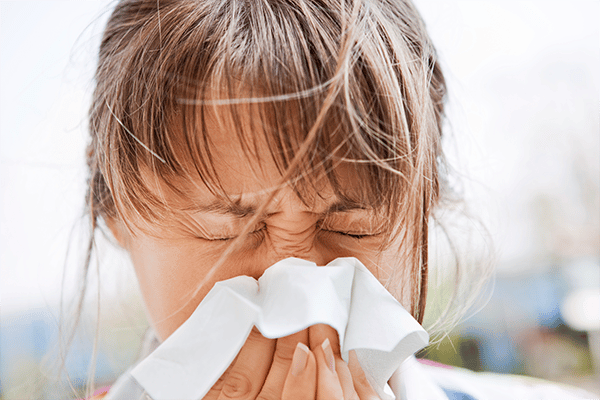If you go to bed and soon notice your eyes are beginning to itch, your nose is getting stuffy or you become congested, your bed might be making you sick. With beds chock-full of tiny allergens, it’s no wonder we wake up with allergies raging. Like it or not, there are tons of allergens / irritants in every room in every house. Dust is made up of dead human skin cells, after all. These irritants can cause you to lose sleep, put a serious dent in your sleep quality and affect overall health. The National Lung Association says allergens can even cause asthma. While we cannot banish every last one of these sneezy little treasures, there are ways to reduce and control them.
Mattress Protector
To keep your mattress as clean and allergen-free as possible, get a waterproof mattress protector. Mattress protectors act as a barrier between your mattress and yourself. Without a mattress protector, liquid spills and stains on your bed are absorbed, encouraging bacteria and mold growth. With a mattress protector, spills, stains and allergens never reach your pristine mattress. The best part? It’s washable!
Vacuum
When you clean your room, take the time to vacuum your mattress. Vacuuming sucks up dust and other allergy-causing debris on the surface. Use the upholstery attachment for cleaning grooves in stitching and the seam of your mattress. The vacuum must be super clean, or you’ll just deposit dirt and dust onto your bed. Do this every time you wash your bedding to reduce allergens like dust mites.
Dehumidifier
Allergens thrive in warm, humid environments. Use a dehumidifier to remove moisture from the air. Air conditioners can also be used to combat humidity. Humid spaces aren’t just ideal for dust mites to shack up in, they also serve as a breeding ground for dangerous mold and bacteria. Keeping humidity below 50 percent will help control harmful allergens.


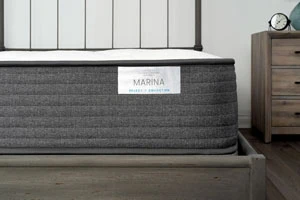
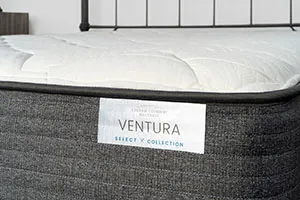
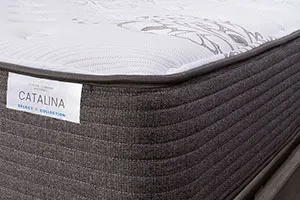


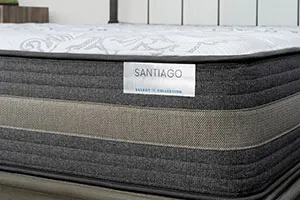


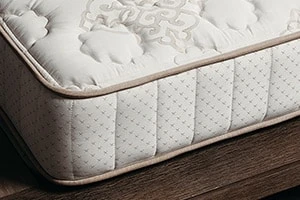
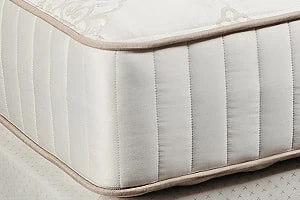



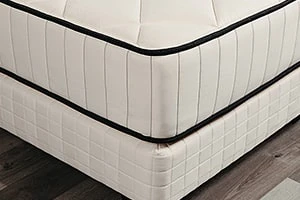
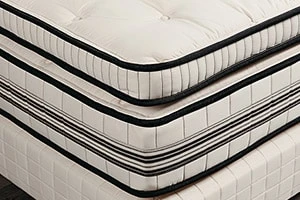

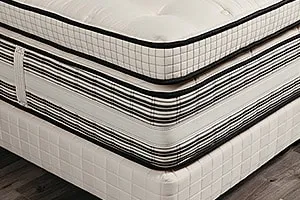

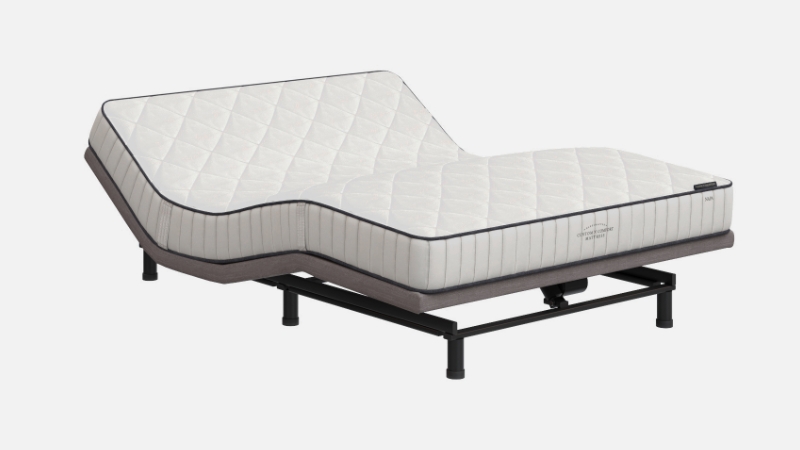
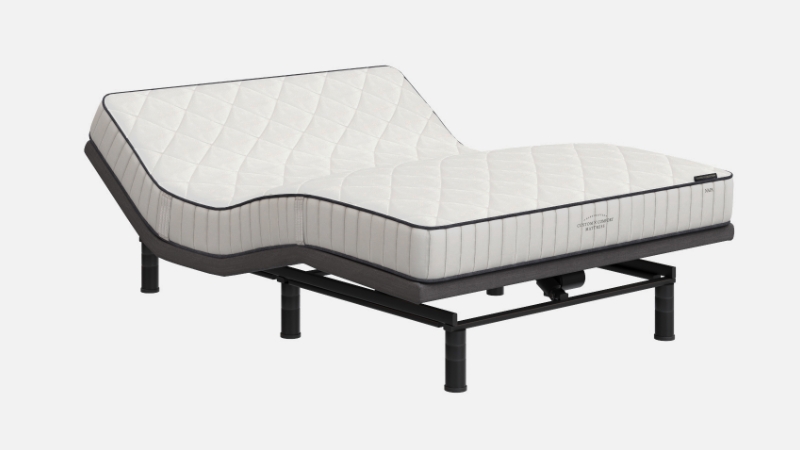
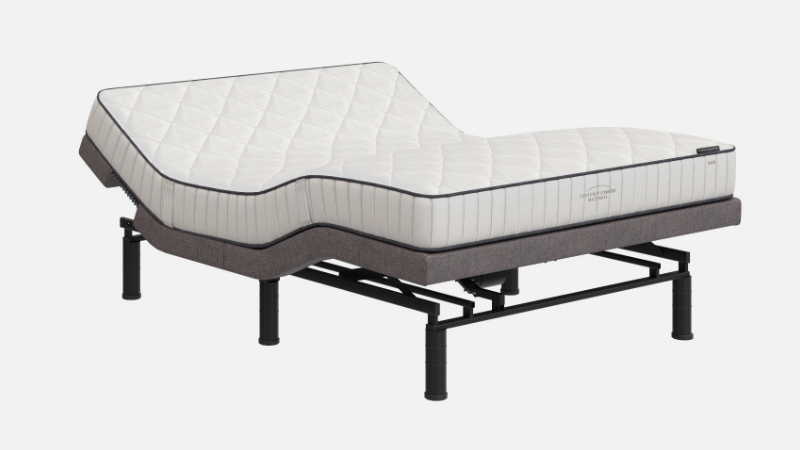
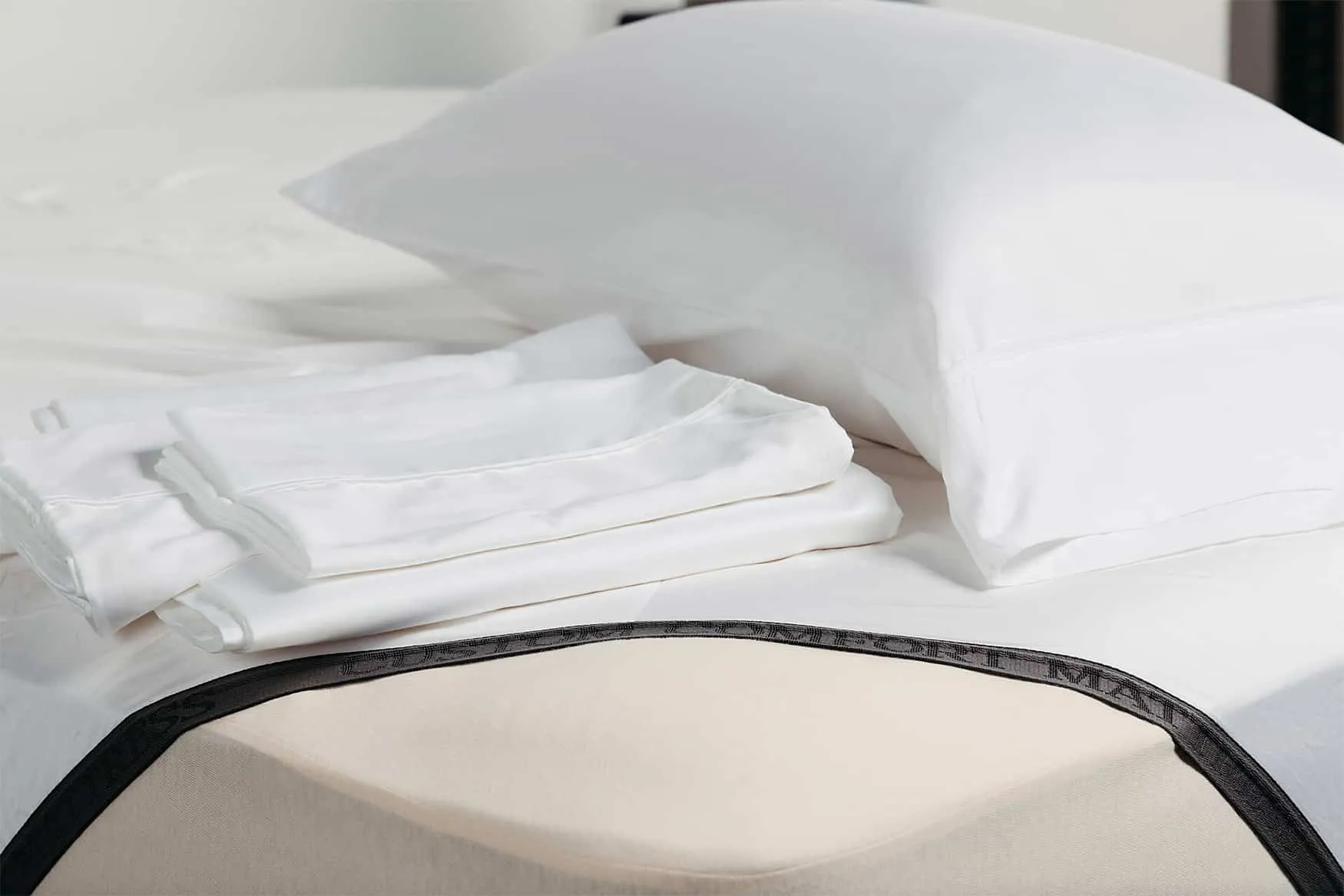

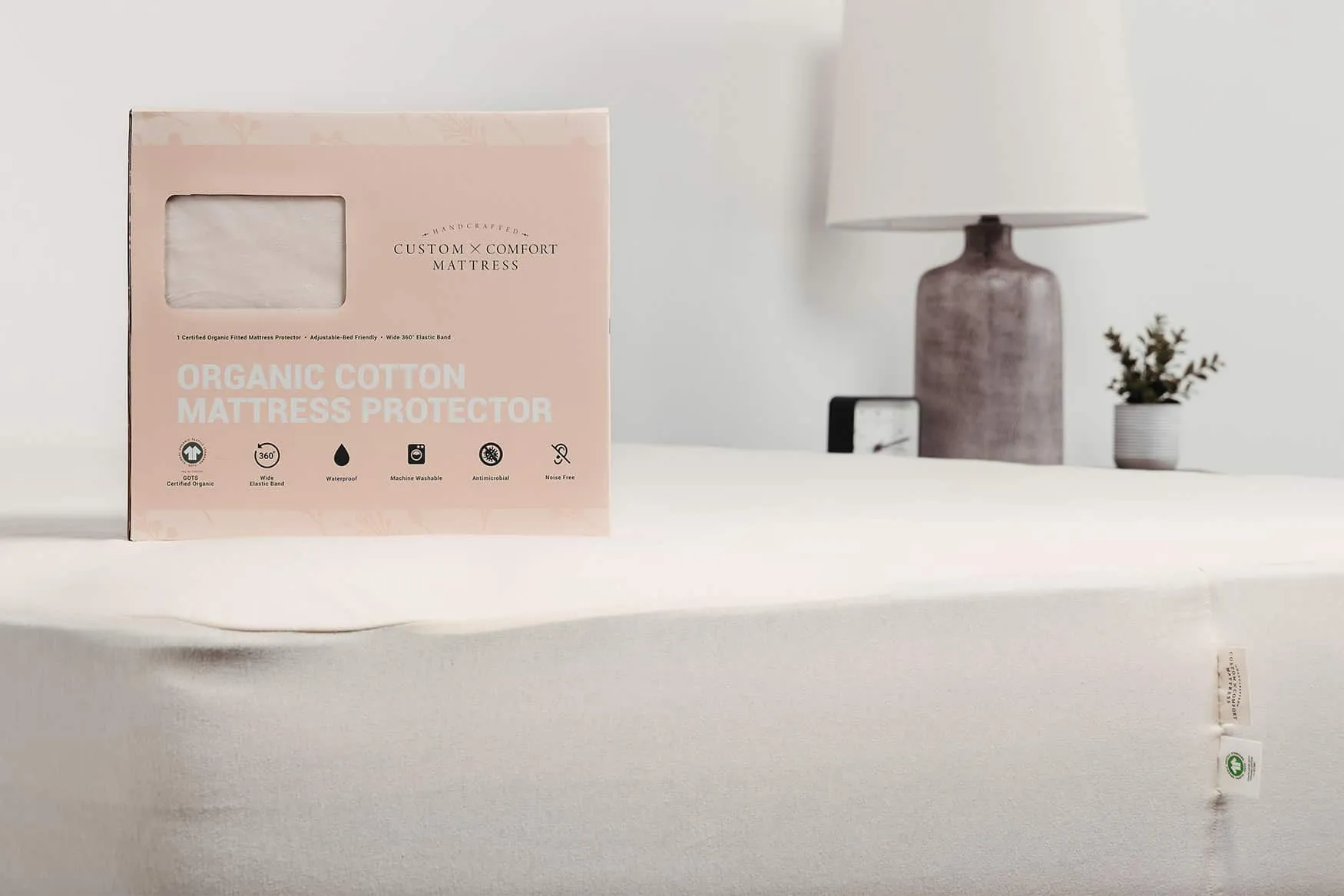




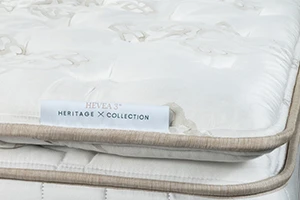


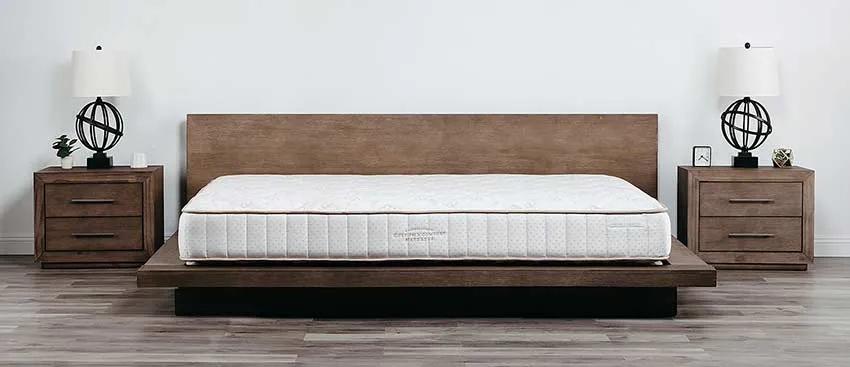










 24002 Via Fabricante, Suite 100
24002 Via Fabricante, Suite 100 949-877-3889
949-877-3889
 24002 Via Fabricante, Suite 100
24002 Via Fabricante, Suite 100









